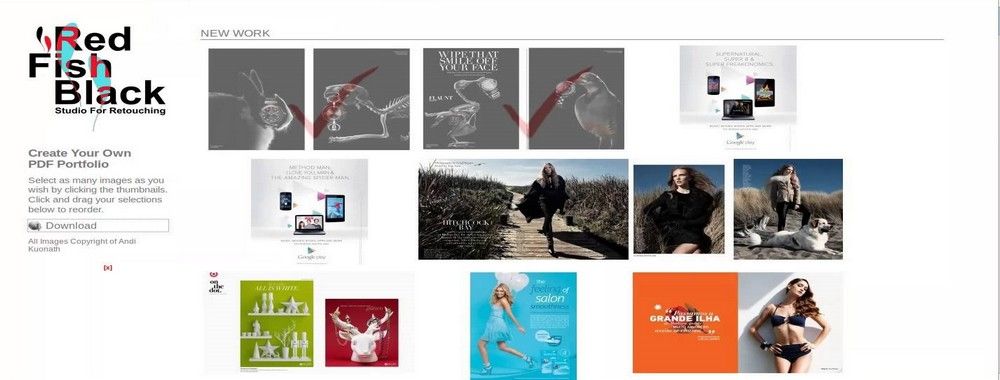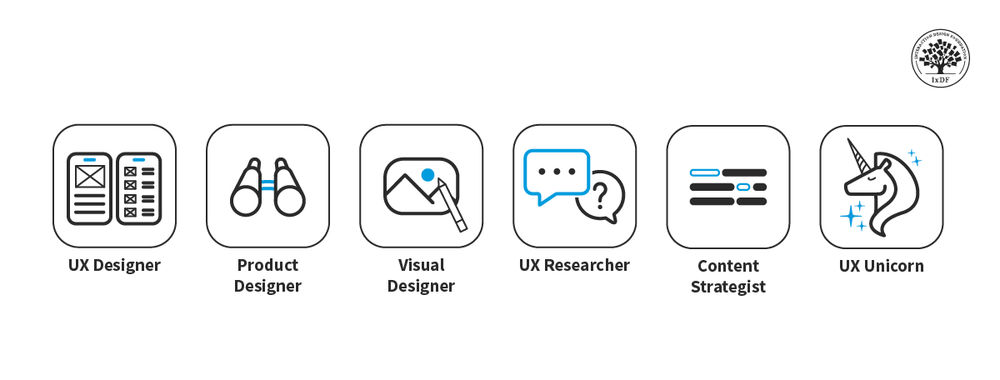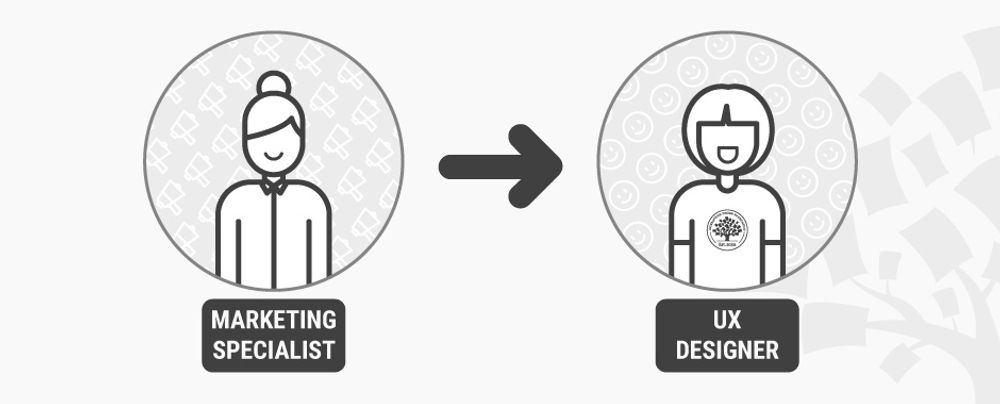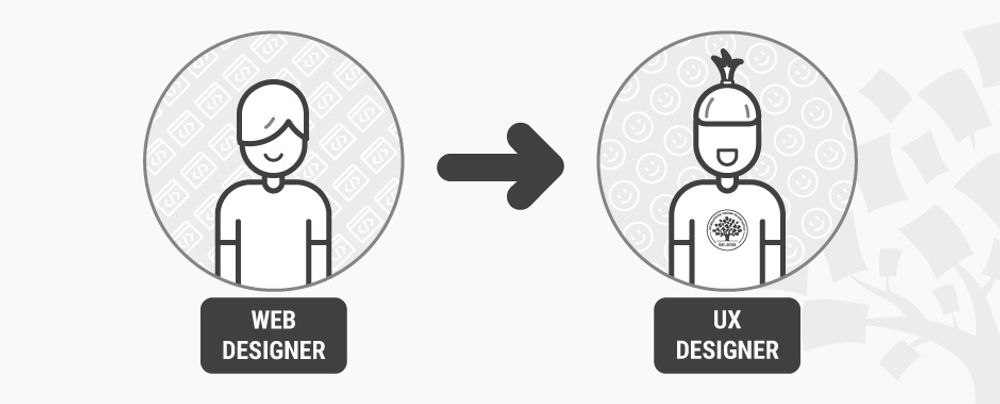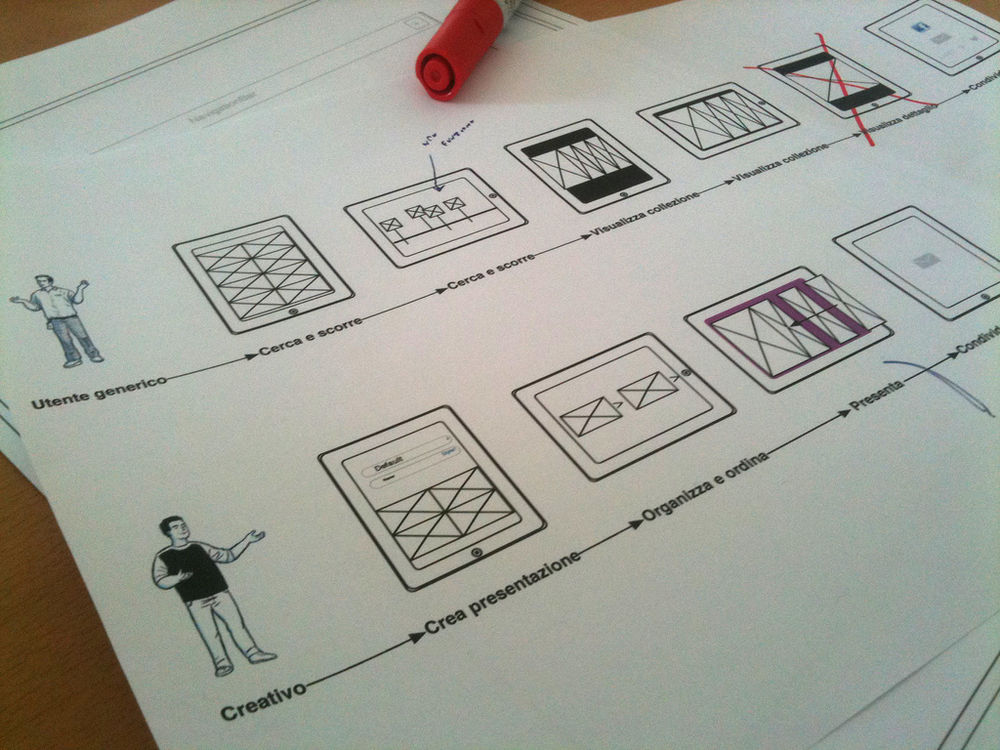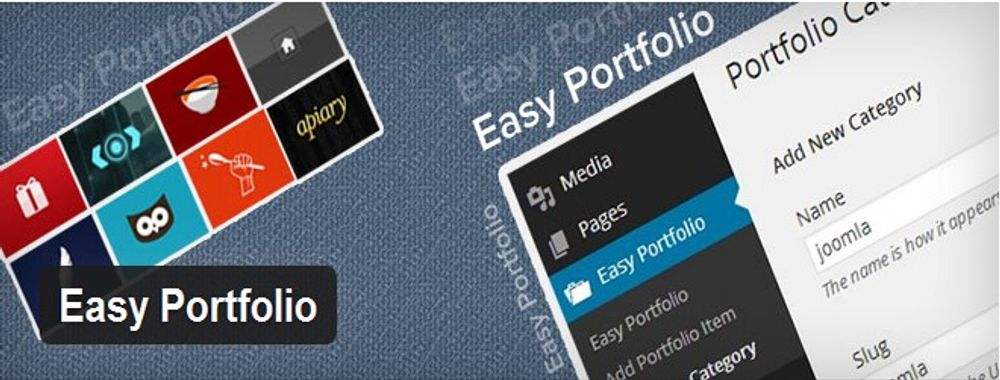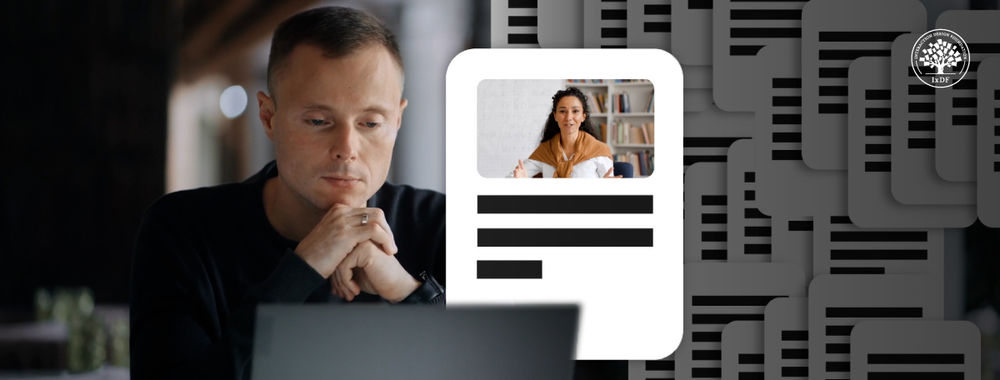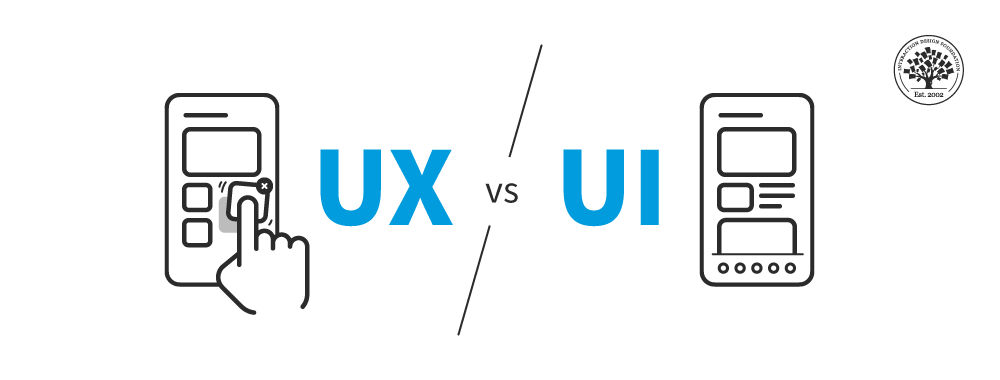For most freelancers and newbie design owners, their most powerful marketing tool will be their portfolio. A portfolio is simply a collection of samples of your work that you use to demonstrate to clients that you have the experience and competence to handle their projects.
As there are an awful lot of disciplines, it’s impossible to define the “perfect portfolio”—wide variances exist between disciplines—but there are some good general guidelines for creating a portfolio:
Select Your Best and Most Relevant Work
Many portfolios are simply a mixed bag of work that the business owner has created over the course of his or her career. These are, generally, not terribly effective at winning work.
Clients want to see your best work and, more importantly, they want to see work that’s relevant to them. If you don’t have a relevant sample or two, you have a couple of options.
The first is to create a relevant sample.
You don’t have to have sold a piece in order to develop one – for writers, illustrators, graphic designers, etc., this can often be a pretty useful investment of time—assuming you’re going to target similar work in the future.
 Author/Copyright holder: Yuya Saito. Copyright terms and licence: CC BY 2.0
Author/Copyright holder: Yuya Saito. Copyright terms and licence: CC BY 2.0
Here’s an example of a design portfolio site – it’s all about grabbing the attention and getting over a key message to customers.
The second is to show how the same skills have been used in the sample as the client requires in their project.
If you’re a logo designer, you’re a logo designer. Creating a logo for a bank requires the same creative process as creating a logo for a mining company. This is true in many professional fields; the skills used to create a less relevant sample are exactly the same as those used to create a sample of perfect relevance. Annotate samples to show this relevance. The more you spell something out for a client, the more likely they will understand this.
Breaking This Rule
If you want to include a portfolio for download from your website or from a freelance working site or as general marketing material—you can skip the “relevant” and just create a portfolio of your best work.
Sometimes, it’s impossible to be all things to all people, and we have to make compromises. General marketing with no specific audience is one of the times we make those compromises. However, even when carrying out general marketing, you should have some kind of target group to reach out to. You are still not addressing and reaching out to everybody.

Author/Copyright holder: iamabdus. Copyright terms and licence: CC BY-SA 3.0
You can cut to the chase on your portfolio, too. If you do two things well… tell your customers about it. And show it in the design of your portfolio.
Don’t Go Overboard
As I’m sure you know, everyone is busy today. The last thing you want to do is send a client a portfolio consisting of every relevant thing you’ve done in a single field when that consists of dozens of projects or more.
Keep your portfolio focused with no more than four short pieces or two long pieces of work. Let your best work do the talking. You can always send more information if a client requests it (and in most cases they won’t – unless they have a specific concern).
Tell a Story with Your Work
Samples are great, but they’re even better when they tell a story. Consider including things such as these in your story:
What process did you use to create the work? Why did you choose that process?
What did the work achieve for the client? (Return on Investment, market gain, cost savings, etc.)
Social proof of achievement – client testimonials and even commentary from articles, images, etc. used online. Reviews from app stores or freelance sites.
In essence, explain the project that the work was used on and the process you used to create the work, and show the results that it created. It’s much easier to understand people’s work in context than if you just dump a load of drawings or project reports on someone.
 Author/Copyright holder: Boagworld. Copyright terms and licence: Fair Use.
Author/Copyright holder: Boagworld. Copyright terms and licence: Fair Use.
Don’t be afraid to be creative with the way you display your portfolio and capture your story. This is doubly true if you’re a graphic designer – your portfolio really needs to catch the eye in that instance.
Don’t Tell Lies
It’s important that your portfolio is an honest representation of your own work. It has become fairly common for new freelancers to appropriate more experienced professionals’ work and present it as their own.
This may win you business, but it’s also likely to get you fired pretty quickly. In some cases, it may result in your getting sued as well. Don’t waste your client’s time and money. Likewise, don’t waste your own time and money or take such a risk.
The same goes for references presented in your portfolio; these should be verifiable and not nonsense that you’ve made up or had a friend make up to present to a client.
Running an ethical practice may take a little more work at the beginning, but it pays off in the long-term. Clients need to be able to rely on you, and if they can’t—they will tell others about you. Research suggests that unhappy clients normally tell 16 times as many people about their experience than a happy client will.
Once you have a reputation for dishonesty, you may never be able to shake that reputation off.
Is There Anything I Can’t Include in a Portfolio or Case Study?
A lot depends on the agreements you have with your clients. Many freelancers and design agencies grant their clients a licence to their work. In that case, you can use any of your work in your portfolio. However, many others surrender all their intellectual property to their clients at the point of payment—in those instances, you will need your clients’ permission to use their work in your portfolio.
It is ethically a good idea, whether you control the intellectual property or not, to inform a client if you intend to use their work in your portfolio.
If you intend to use the client as a reference, you must ask their permission before doing so.
What if a Portfolio Isn’t Right for Me?
There are professions in which a portfolio may not be the right way to present your work to a client. For example, programmers are not going to want to send pages of code to a client – who may not even have the technical experience to decipher that code.
In that case, you may want to use case studies instead. A case study is simply a description of the work you undertook, the results and any available references from your client or social proof. In essence, it’s a portfolio but without an example of the actual work included.
Don’t Be Afraid to Create Multiple Portfolios or Case Studies
Early in your practice as a business owner, you may find that a single portfolio or case study is perfect for targeting a particular kind of client; however, as you progress with your business, you are likely to end up branching out into other skill sets and other industry verticals.
In those instances, don’t be afraid to create additional portfolios or case studies as necessary. The best portfolios and case studies are targeted and tailored to a very specific client group. You’re not limited to a single portfolio or case study in any way.
What If My Written English Isn’t that Great?
Actually, this can apply to any language you’re trying to win work in. If you’re not the world’s greatest writer, you struggle with spelling and grammar, or any other area of the written word—you’d be well advised to find someone who can help with this.
You may be able to find a friend who will check over your portfolio for free, or you may need to hire another freelancer to do it. Upwork is a great place to hire a highly qualified freelance copywriter for a reasonable amount of money.
Badly presented or written portfolios and case studies will significantly impair your ability to win work. Clients are looking for professionals—and professionals communicate with their clients, in their language, to a high standard.
Many awesome designers, programmers, etc. severely limit their earning potential due to poor written communication. While amateur buyers paying $3 an hour on freelance websites aren’t all that choosy about communication skills, professional buyers almost always are.
Of course, perfection is unlikely—even top authors like Stephen King (who have a huge editing team at their disposal) don’t achieve perfection (there are always typos and minor errors in any published book)—but your written material must be “good enough” and “99% perfect” if not even better. Clients love when you seek perfectionism in your portfolio as they know that this will also be the case when they hire you.

If your spoken English is better than your written English, you could always create a video portfolio and talk rather than write…
The Take Away
Portfolios and case studies are powerful marketing tools for freelancers and design agencies. You will find that you create a portfolio to demonstrate your expertise to a client when responding to a request for proposal (RFP) or when marketing to a new client to create a need. You may also choose to use a more general portfolio as part of other marketing activities.
Relevant portfolios which tell a story and which are well-written and presented offer the best chances of turning interest into investment. Don’t be afraid to have someone else review your portfolio for feedback.
You may also, if they’re freely available online, want to review your competitors’ portfolios and see what they’re doing to win work. It’s OK to appropriate ideas from another portfolio, but it’s not OK to appropriate work itself or the wording used in someone else’s portfolio.
George Bernard Shaw, the esteemed novelist is reputed to have said: “Life isn’t about finding yourself. Life is about creating yourself.” Your portfolio is a great tool with which to create yourself.
References & Where to Learn More
Hero Image: Author/Copyright holder: Red Fish Black. Copyright terms and licence: Fair Use.
